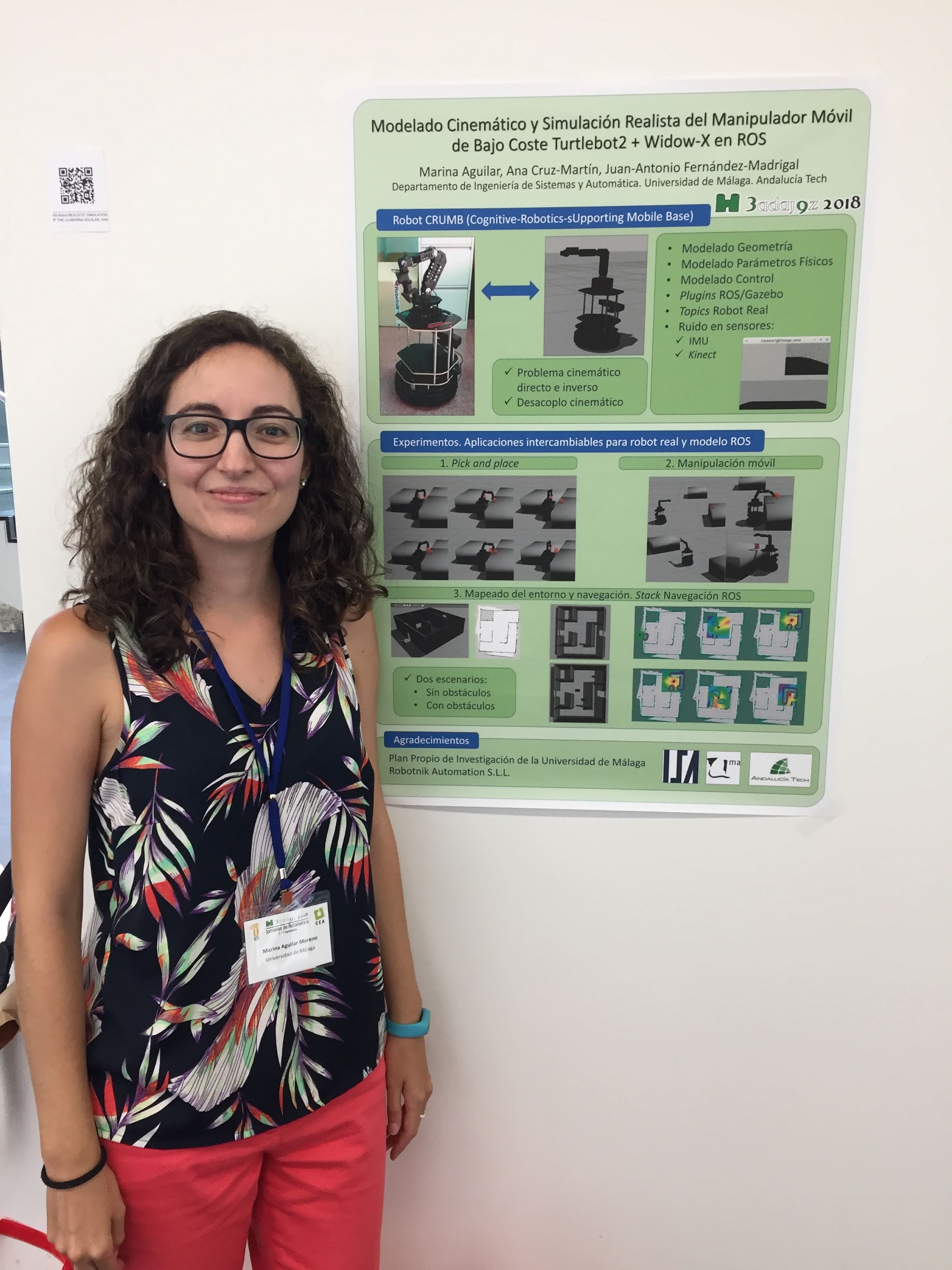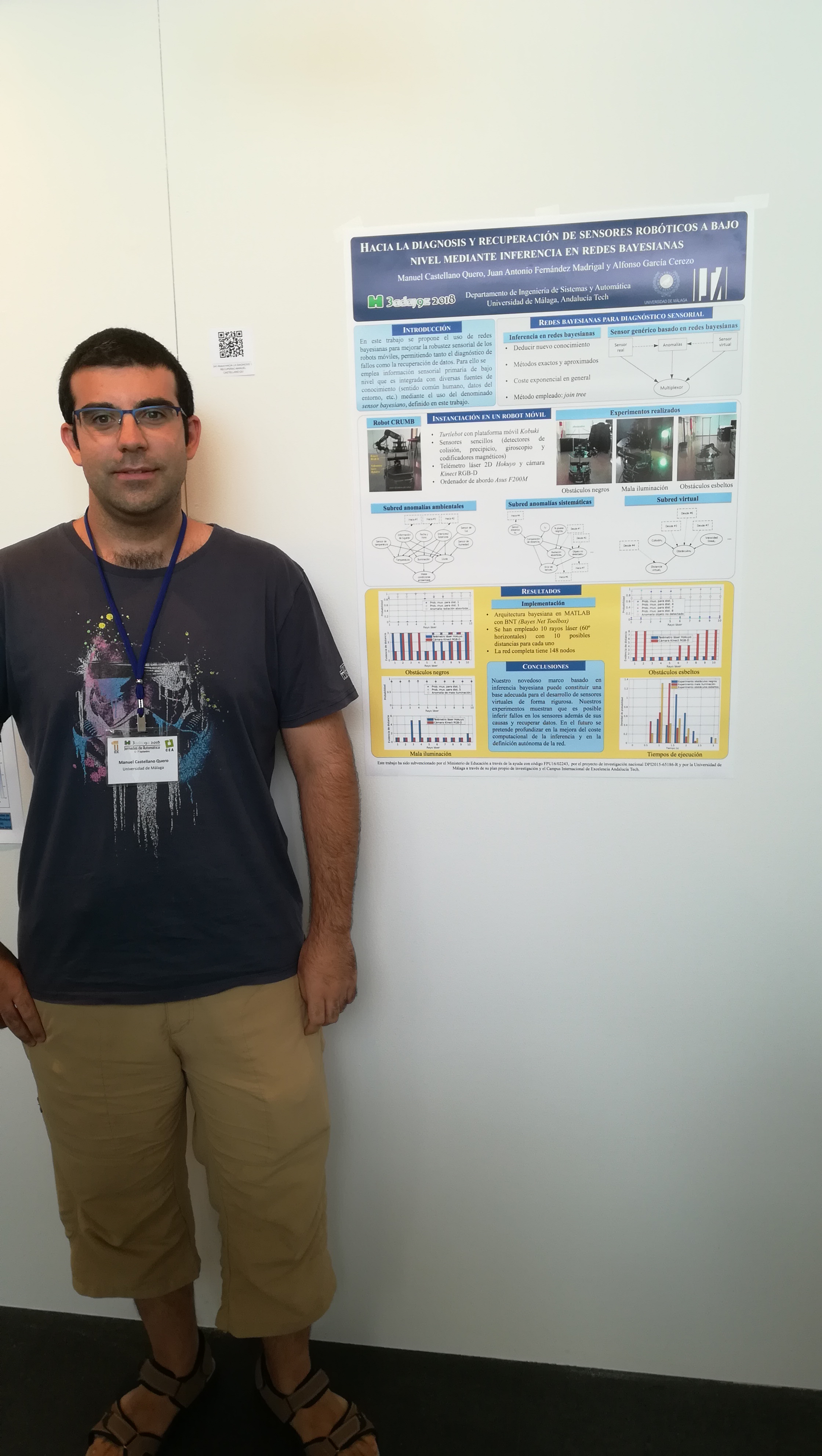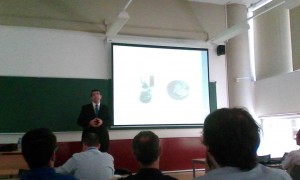Good news! The CRUMB team has been granted with a research project funded by the European Union Regional Development Funds to continuing working on the implementation of cognitive processes on mobile robots, particularly reinforcement learning, during the next two years.
The time for getting down to work has come!




